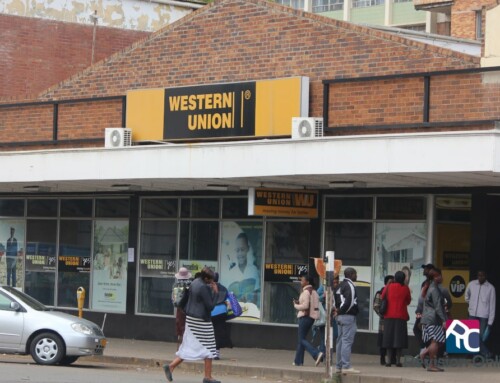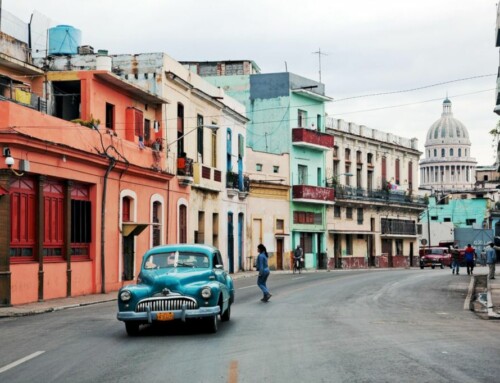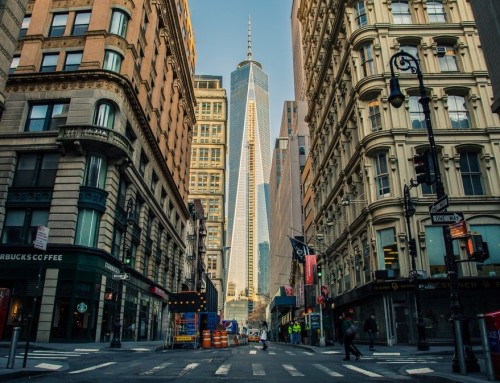
Salisbury (Harare) in 1910
ZIMSEC O Level History Notes: Zimbabwe 1894-1969: Towns and Secondary Industry
- Blacks had not been allowed in whites locations and this was protected by the Urban Location Ordinance of 1892
- The developments in mining, agriculture and transport encouraged growth and establishment of towns, such as Bulawayo, Salisbury, Umtali, Fort Victoria and Gwelo
- Secondary industries and factories were opened in the 1940s
- They were responsible for the processing the raw materials produced in mines, farms e.t.c
- The establishment of industries was also due to the fact that the BSAC wanted to invest surplus profits realized and mining and agriculture
- Textile industry was established in Kadoma (Gatooma), Iron and Steel Commission at Que Que (Kwekwe) and a sugar refinery at Bulawayo in 1936
- Shoe and clothing factories were also built in most towns
- Many Africans moved to the towns to seek employment
- Due to rapid growth of towns commerce also began with banks and shops opening
- By 1950 75 000 African workers were living in towns and it rose to 1.5 million by 1953
- The industry began to produce weapons and machinery for war during World War 2
- Rhodesia was supporting Britain
- Some Rhodesians were sent to go and offer services in the war
- A Royal Air Force training base was established in Rhodesia which trained about 11 000 pilots
- The manufactured products were exported all over the world
- The Kariba Hydro-electric was the largest and lasting achievement of the Rhodesian Front
- The economy became balanced on mining, agriculture and manufacturing
- The need for social services such as education and health rose
To access more topics go to the History Notes page.







